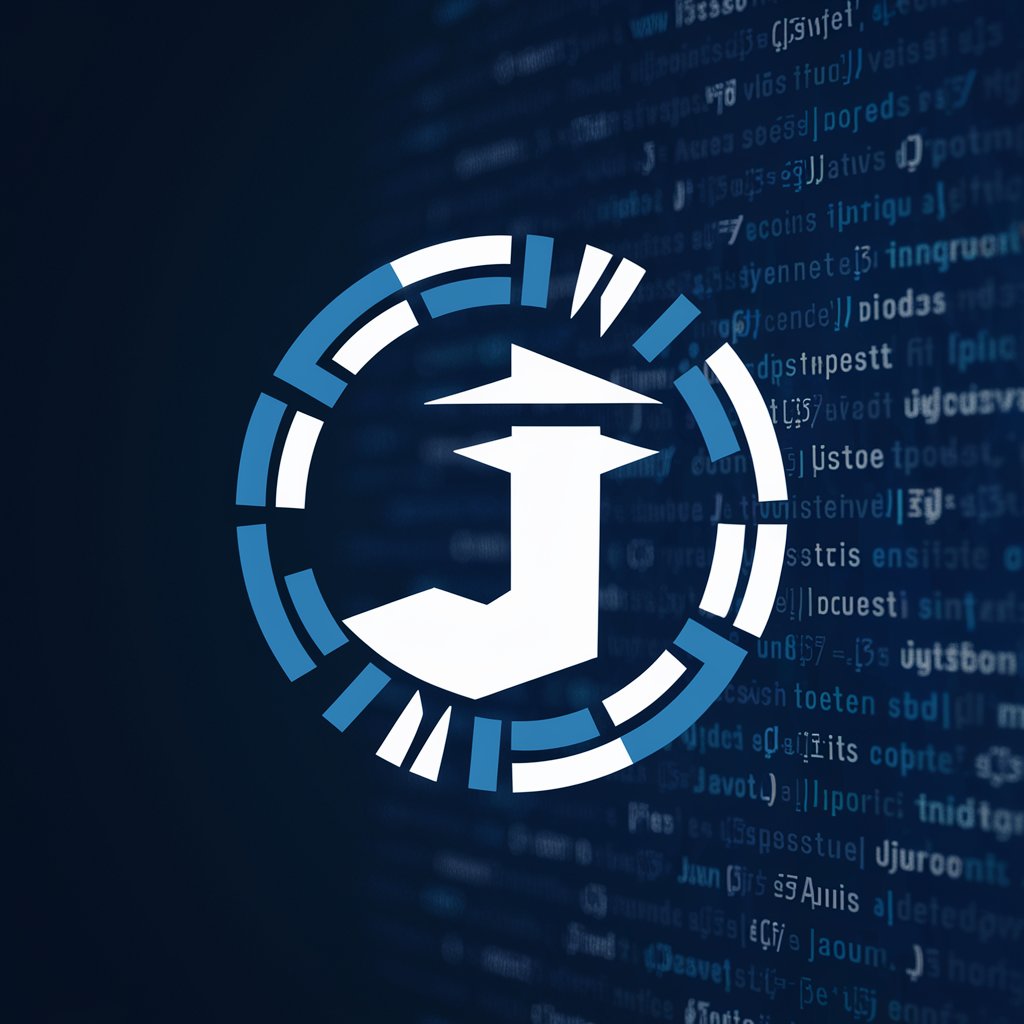
Java - Java programming assistance for beginners.

Hello! How can I assist with your Java development today?
AI-Powered Java Programming Assistant.
Explain the concept of inheritance in Java...
How can I handle exceptions in Java?
What is polymorphism in Java, and how does it work?
Can you provide an example of using interfaces in Java?
Get Embed Code
Introduction to Java
Java is a versatile, object-oriented programming language designed for use in a wide range of applications across various platforms. Initially developed by Sun Microsystems (now part of Oracle Corporation), Java was designed with a key principle of 'Write Once, Run Anywhere' (WORA), meaning that Java code can run on any device that supports the Java runtime environment (JRE). This makes Java particularly valuable in environments where software needs to be deployed across multiple types of hardware. Example scenarios where Java's cross-platform utility is evident include enterprise-level applications, where Java EE (Enterprise Edition) serves to manage large-scale, multi-tiered, scalable, and secure network applications. Powered by ChatGPT-4o。

Main Functions of Java
Platform Independence
Example
Java applications can be developed on Windows and run on a Unix system without modification.
Scenario
A company uses diverse hardware for its operations, including Windows PCs and Unix servers. Java's platform independence allows the company to write their software once and deploy it across all these systems seamlessly.
Memory Management
Example
Java provides automatic garbage collection, which helps in managing memory by automatically deleting objects that are no longer in use.
Scenario
In high-load server environments, managing memory efficiently is critical to ensure performance and prevent leaks. Java's garbage collector automatically recovers unused memory, thus helping maintain optimal performance without manual intervention.
Multithreading
Example
Java supports multithreaded programming, which allows concurrent execution of two or more parts of a program for maximum utilization of CPU.
Scenario
Financial services software that needs to handle multiple user requests at the same time can use Java's multithreading capabilities to improve response times and processing efficiency.
Network Centric Programming
Example
Java provides extensive network libraries to help developers create network applications using TCP/IP.
Scenario
Developers can create network-aware applications that can communicate and share resources across a network, such as a simple chat application or a complex distributed system.
Ideal Users of Java
Enterprise Developers
These users benefit from Java's robustness, security features, and scalable capabilities of Java EE for building and managing enterprise-grade applications and services.
Android Developers
Java is a primary language for Android development, favored for its security, portability, and large community support. Android developers use Java to build applications that can run across a multitude of Android devices globally.
Academic and Research Community
Educational institutions and researchers use Java for teaching computer science fundamentals and for implementing algorithms and solutions due to its easy-to-understand syntax and comprehensive APIs.

How to Use Java
1
Visit yeschat.ai for a free trial without login, also no need for ChatGPT Plus.
2
Install the Java Development Kit (JDK) from Oracle's official website, ensuring you have the latest version for compatibility.
3
Set up your Integrated Development Environment (IDE) like IntelliJ IDEA, Eclipse, or Visual Studio Code, and configure the JDK path.
4
Write and compile your first Java program using the IDE, starting with a simple 'Hello World' example.
5
Explore common libraries, frameworks, and tools like Spring, Hibernate, and Maven for project management and efficient Java development.
Try other advanced and practical GPTs
Rewrite Maker
Craft Clarity with AI

Generative Pretrained Transformer 5
Empowering Language with AI Precision

web
Unlock Comprehensive Insights with AI

小红书标题生成
Unlock AI-powered title brilliance.

Translate German to English
Empowering seamless German to English translation with AI.

PDF Summary
AI Summarization: Condense Complexity Instantly

MJプロンプトメーカー
Unlock Your Creativity with AI-Powered Prompts

哄哄模拟器
AI-powered simulator for calming conflicts.

C
Empower your code with AI assistance

C HELPER
Enhance your C coding with AI.

Cartoon
Bring Your Photos to Animated Life

GoDaddy
Empowering Your Online Presence with AI

Java Q&A
What are the key features of Java?
Java offers key features such as platform independence (write once, run anywhere), object-oriented programming, a rich standard library, automatic garbage collection, and strong community support.
How do I handle exceptions in Java?
Java provides try-catch blocks to handle exceptions. A 'try' block encloses the code that might throw an exception, and one or more 'catch' blocks handle specific exceptions. Finally blocks are used for clean-up code.
What is the difference between an abstract class and an interface in Java?
An abstract class can have both abstract and concrete methods, while an interface can only have abstract methods (Java 8+ allows default and static methods). A class can implement multiple interfaces but can only extend one abstract class.
How does Java achieve platform independence?
Java achieves platform independence through the use of the Java Virtual Machine (JVM). Java code is compiled into bytecode, which can be executed on any system with a JVM, regardless of the underlying architecture.
What is the purpose of the 'final' keyword in Java?
The 'final' keyword can be used to define constants (final variables), prevent method overriding (final methods), and prevent inheritance (final classes).